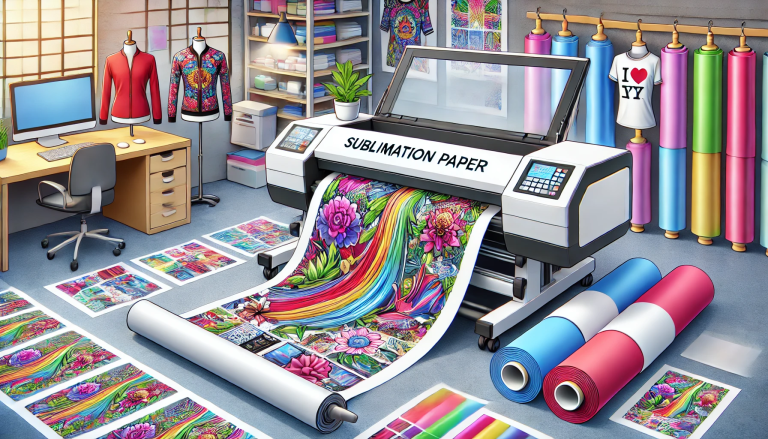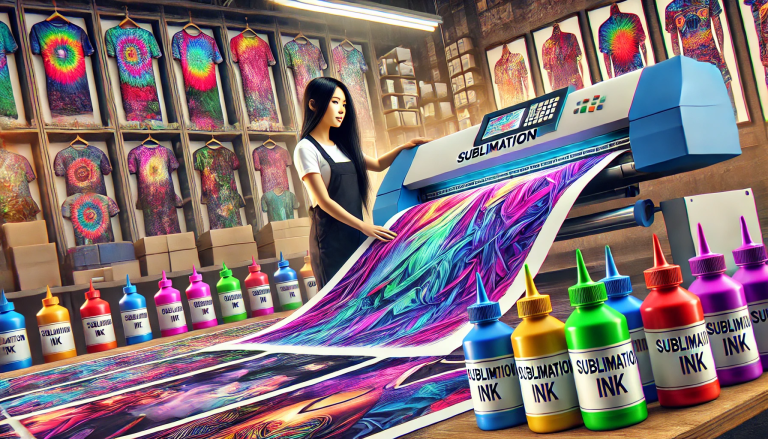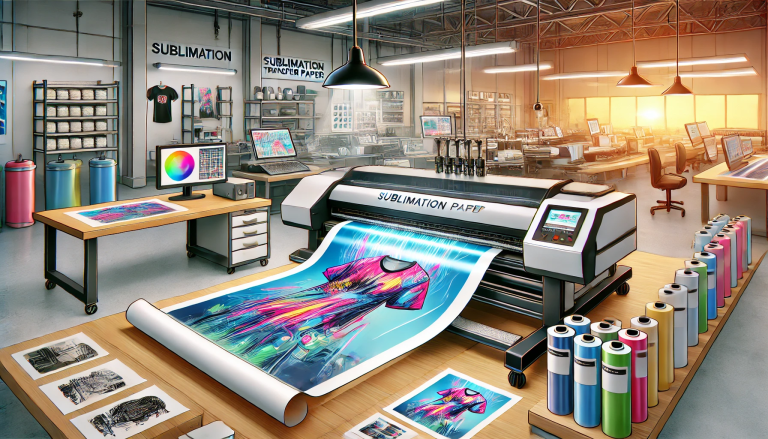In the world of custom printing and design, the use of sublimation printers for heat transfer paper has emerged as a topic of significant interest. This article explores the feasibility, benefits, and considerations involved in using sublimation printers for heat transfer applications, particularly on fabrics.
Understanding Sublimation Printing
Sublimation printing is a method that involves transferring a design from sublimation paper onto a material or substrate using heat and pressure. The process starts with a digital design printed onto special sublimation paper using a sublimation printer. When heat and pressure are applied, the ink turns into a gas and infuses into the substrate, resulting in a high-quality, durable image.
Can Sublimation Printers Be Used on Heat Transfer Paper?
The answer is nuanced. Traditional heat transfer papers are designed to work with inkjet or laser printers, not specifically for sublimation printers. However, sublimation printers can be used with a specific type of heat transfer paper designed for sublimation inks. This specialized paper can handle the sublimation ink and withstand the high temperatures required for the transfer process.
Benefits of Using Sublimation Printers for Heat Transfer
- Vibrant Colors and High-Resolution Images: Sublimation printers are known for their ability to produce vivid, high-resolution images. This quality is retained during the heat transfer process, resulting in striking and colorful designs on the substrate.
- Durability: Sublimation ink, when transferred onto a substrate, becomes part of the material. This results in prints that are more durable and resistant to fading and cracking compared to traditional heat transfer methods.
- Versatility: Sublimation printing is not limited to fabric; it can be used on a wide range of materials including ceramics, metal, and plastic, provided they are coated with a polymer or have a polyester surface.
- Eco-Friendly Option: Sublimation printing is relatively more eco-friendly compared to other printing methods. It uses less water, and the inks are generally free from harmful solvents.
Considerations When Using Sublimation Printers for Heat Transfer
- Material Compatibility: Sublimation printing works best on polyester or polymer-coated materials. Using it on 100% cotton or non-coated materials may not yield optimal results.
- Equipment Cost: Sublimation printers and the required accessories (like a heat press) can be more expensive than traditional inkjet or laser printers used for heat transfers.
- Learning Curve: Mastering sublimation printing requires understanding the nuances of temperature, pressure, and timing to achieve the desired results.
- Ink and Paper Cost: Sublimation ink and the specific sublimation heat transfer paper can be more costly than standard inkjet or laser printer supplies.
Practical Applications
- Custom Apparel: Creating custom t-shirts, jerseys, and other garments with vibrant, full-color images.
- Merchandise: Designing unique merchandise such as mugs, mouse pads, and keychains.
- Decorative Items: Producing high-quality prints on decorative items like tiles, metal sheets, and specially coated plaques.
Conclusion
Using a sublimation printer for heat transfer applications offers a range of possibilities for both professional printers and hobbyists. The key to successful sublimation printing lies in understanding the specific requirements of the process, including the type of paper, the quality of ink, the substrate material, and the necessary equipment. While the initial investment might be higher than traditional printing methods, the benefits of vibrant, high-quality, and durable prints can be well worth the cost for those looking to produce professional-grade products. As the technology continues to evolve, the potential applications of sublimation printing in heat transfer will undoubtedly expand, offering even more creative possibilities for designers and printers alike.




